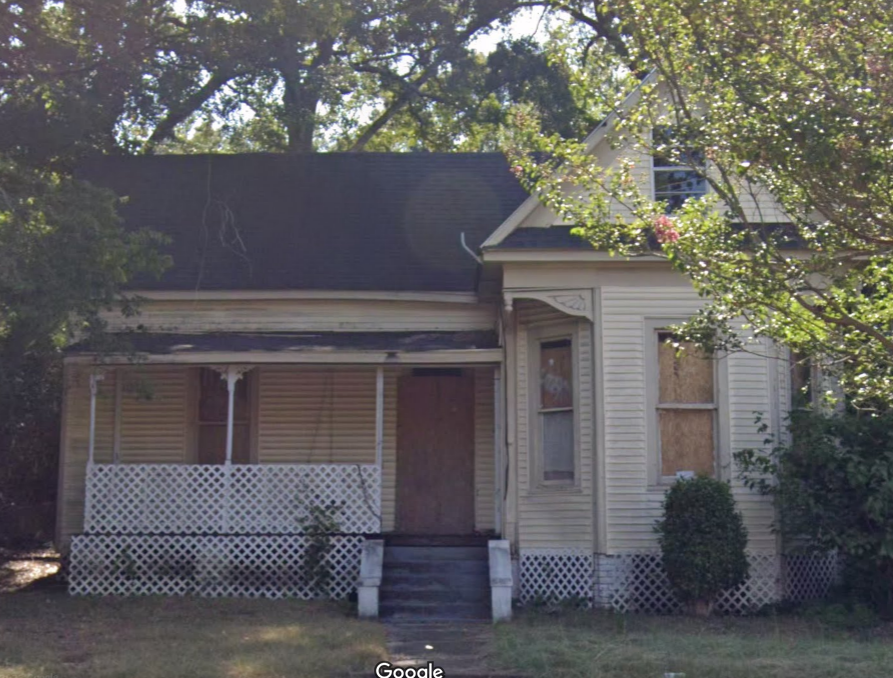Location, Location, Location
One of the things often overlooked on the U.S. Census is the location of the households. One reason is they weren’t recorded consistently. The other is because they were written sideways and often unrecognizable.
Add That Street!
Starting with the 1880 U.S. Census the Instructions to the Enumerators (Enumerators were people conducting the U.S. Census) told them to write the name of the street or roadway in the first column of the U.S. Census. Occasionally you can find the streets or roads recorded before 1880, but it was not required. As with many new practices, it wasn’t universally adopted right away, but soon became a regular feature.
Often the enumerators would not write the street or road on every page, only when they changed from one street to another. Depending on the shape of their district, sometimes they could stay on the same road for several pages before they changed. It’s also possible to find two or three streets on the same page. When you find the name of the street or road, take the time to rotate the image so you have the best chance of reading what it says. Your neck will thank you!
Map It

Once you find your ancestor’s former address, you can find their home’s location. Doing so may give you some insight into their lives. Maybe their neighborhood was leveled to make room for the new highway coming through town or a new development. But it could also be that the home they lived in is mostly unchanged. Always be sure to look! Using Google Maps street view, I was able to capture the house where my uncle and his family lived in the 1940s. Except for some paint and the addition of the lattice, I bet it hasn’t changed a bit. I can easily imagine him sitting on the porch with a beer in his hand after working on Mississippi’s power lines all day!
Next time we’ll look at another way the U.S. Census can tell us where our ancestors were living, by using the U.S. Census Enumeration Maps.
If this level of detail doesn’t work for you, we can help. Not only have we read and analyzed thousands of pages of census records, we have taught others how to find the answers! Contact us if we can help you today!
We’d love to know what you think! Please leave a comment below.
Subscribe to this blog by filling out this simple form: